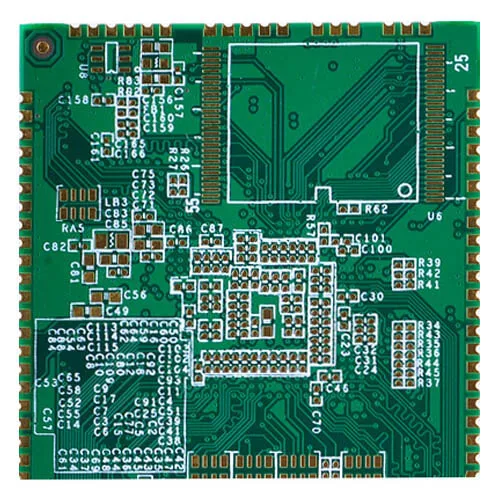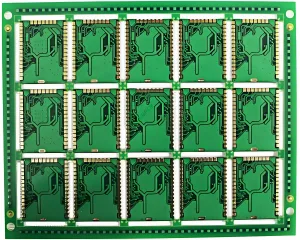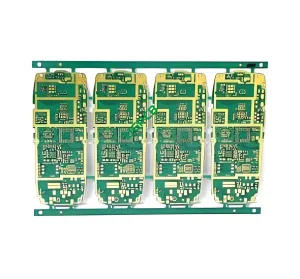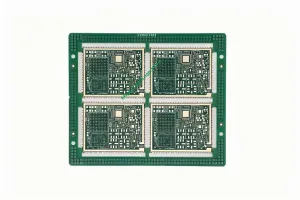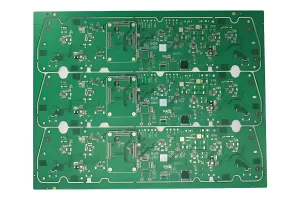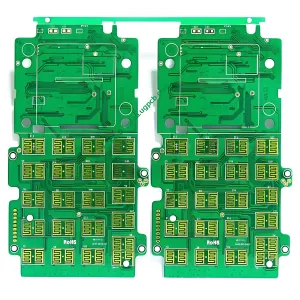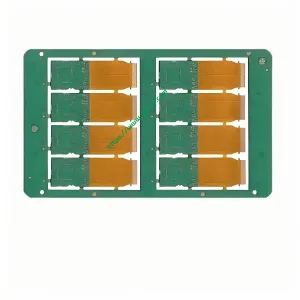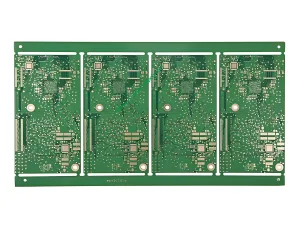Introduction to HDI Mouse Bite PCB
HDI (High Density Interconnect) technology is a significant advancement in the field of printed circuit boards (プリント基板), allowing for more complex and compact electronic designs. The HDI Mouse Bite PCB, specifically, is a high-density interconnect board designed with precision and efficiency in mind. This type of PCB is ideal for applications demanding high signal integrity, smaller form factors, and greater performance.
Definition and Design Requirements
An HDI Mouse Bite PCB refers to a multilayer PCB that incorporates advanced fabrication techniques to achieve higher wiring density and finer features than standard PCBs. The term “mouse bite” describes the unique shape of the inner layers, which are staggered or “bitten” into to allow for more efficient space utilization. The design requirements for an HDI Mouse Bite PCB include precise layer stacking, tight tolerances, and specialized materials to ensure optimal performance and reliability.
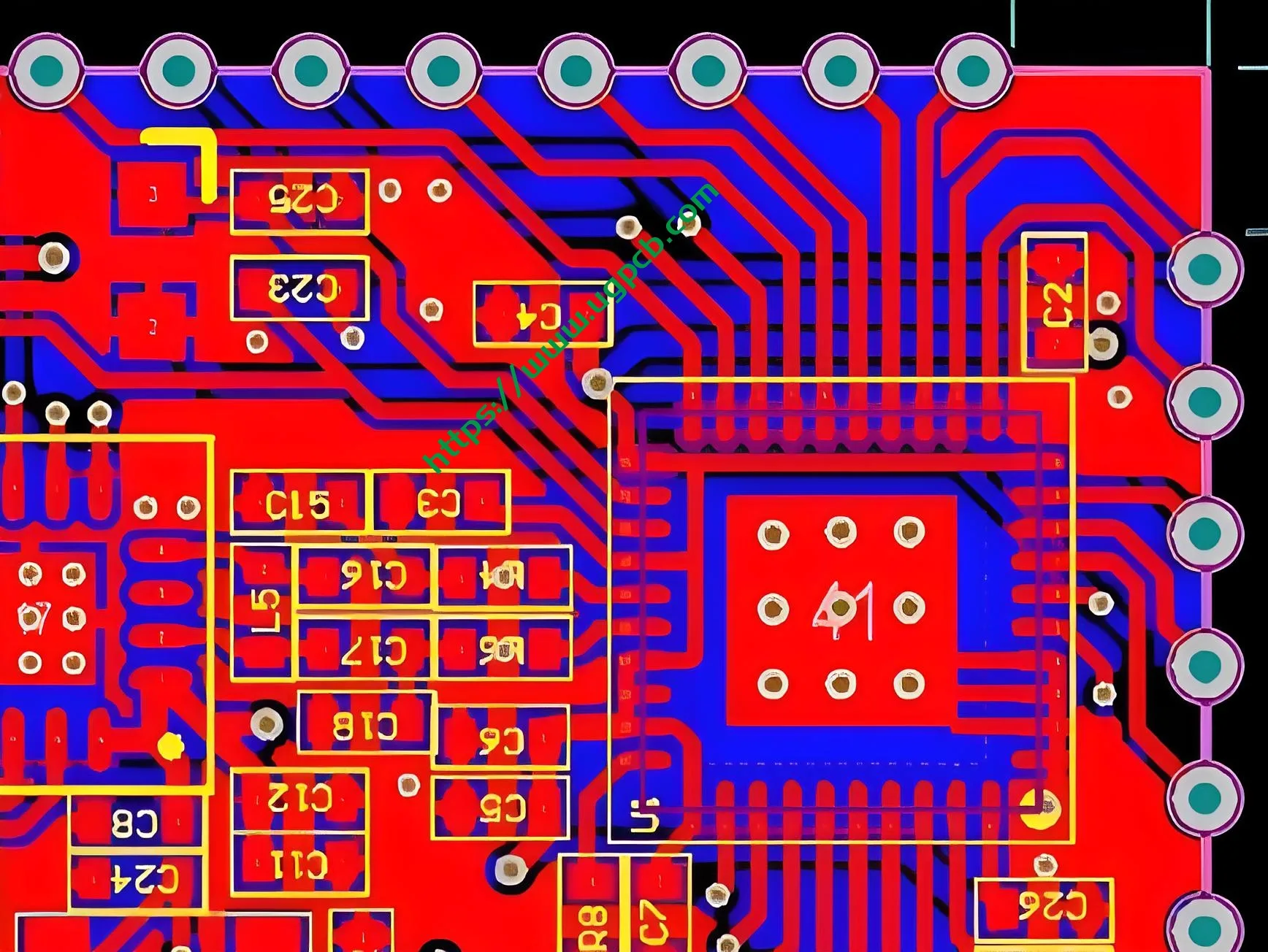
作業原則
The working principle behind an HDI Mouse Bite PCB involves creating multiple layers of conductive material, separated by insulating layers, with intricate patterns etched onto each layer. These layers are then aligned and bonded together using heat and pressure. The unique “mouse bite” configuration allows for increased routing density by staggering the layers, reducing the need for vias and enhancing signal integrity.
Applications and Classifications
HDI Mouse Bite PCBs are primarily used in consumer electronics where space is at a premium, and performance is paramount. They are commonly found in smartphones, 錠剤, ウェアラブルデバイス, and other portable electronics. Based on their complexity and the number of layers, HDI PCBs can be classified into different categories, such as Type I, Type II, and Type III, each offering varying levels of density and functionality.
Materials and Performance
The HDI Mouse Bite PCB is constructed using high-quality materials like SY S1000-2, which provides excellent electrical properties and thermal stability. The finished thickness of 0.8mm ensures durability without compromising on the slim profile required for modern electronics. With a copper thickness of 1OZ/1OZ, these PCBs offer robust conductivity. The surface treatment, 同意する (Electroless Nickel Immersion Gold), enhances solderability and corrosion resistance, ensuring long-term performance.
Structure and Features
The structure of an HDI Mouse Bite PCB includes multiple layers of conductive copper, precision-etched with fine traces and spaces as small as 3mil/3mil. The unique staggered layering, または “mouse bite,” allows for increased routing density and improved signal integrity. Key features include high thermal conductivity, 低い誘電率, and superior mechanical strength, making them suitable for high-performance applications.
製造工程
The production process of an HDI Mouse Bite PCB involves several sophisticated steps, 含む:
- 材料の準備: Selecting high-quality substrate materials and copper foils.
- レイヤースタッキング: Arranging the layers in a specific order to achieve the desired “mouse bite” effect.
- Bonding: Using heat and pressure to bond the layers together, forming a single, cohesive unit.
- エッチング: Applying etchant to remove excess copper, leaving only the desired conductive paths.
- メッキ: Adding a thin layer of metal to the exposed copper to improve conductivity and solderability.
- 表面処理: Applying ENIG to protect against oxidation and enhance solderability.
- 品質管理: Conducting thorough inspections and tests to ensure each board meets stringent quality standards.
Use Cases and Scenarios
HDI Mouse Bite PCBs are ideal for use in consumer electronics where miniaturization and high performance are critical. Common applications include:
- スマートフォン: Enabling slimmer designs without compromising on functionality or performance.
- タブレット: Providing reliable connectivity for high-speed data transfer and processing.
- ウェアラブルデバイス: Supporting compact designs while maintaining robust performance and durability.
- Portable Media Players: Ensuring high-quality audio and video processing capabilities in a small form factor.
結論は, the HDI Mouse Bite PCB represents a pinnacle of innovation in PCB technology, offering unmatched density, パフォーマンス, and reliability for the most demanding consumer electronic applications.
 UGPCBのロゴ
UGPCBのロゴ

